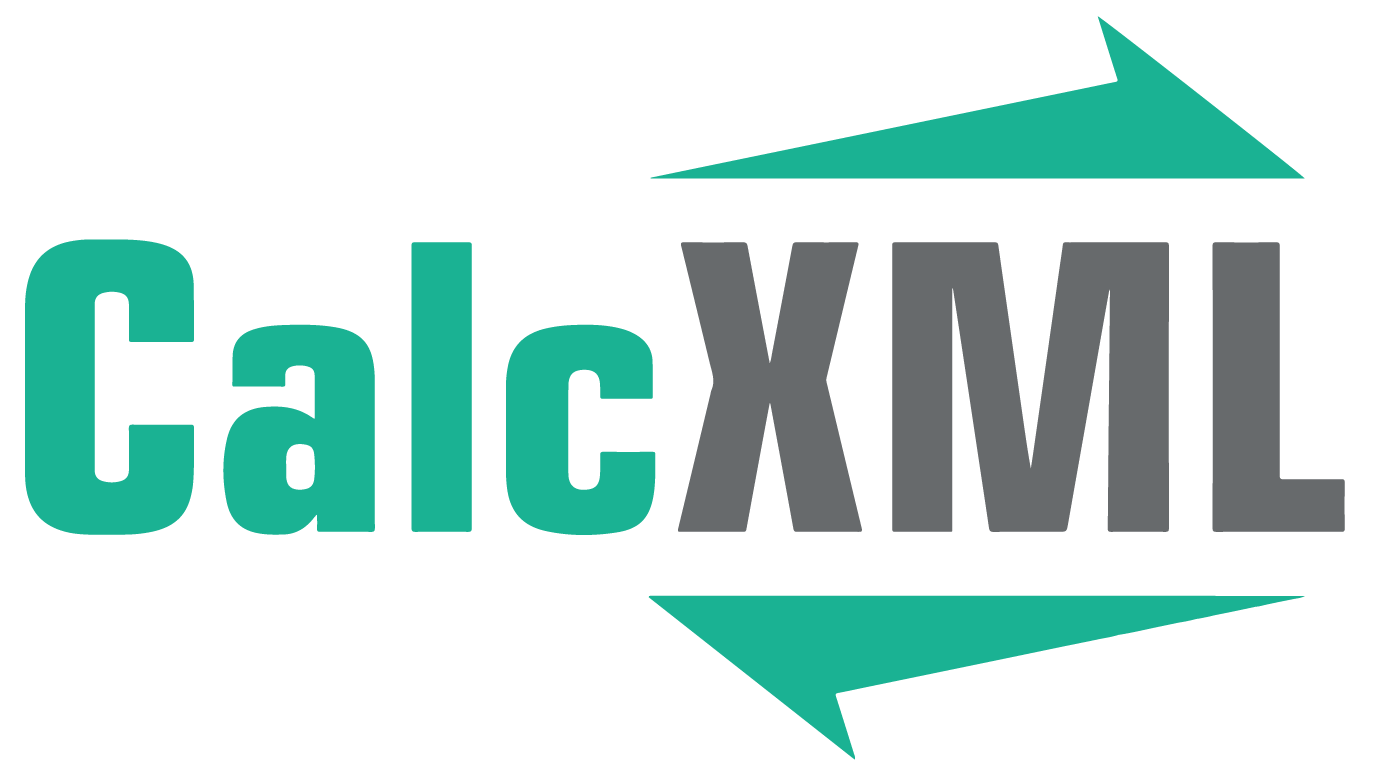Eliminate Debt Much Faster By Restructuring The Way You Pay Your Monthly Debts
Restructuring debts for accelerated payoff
The quickest way to retire your debt is to 1) determine what your total debt payment is now, then 2) sort your debts from highest interest rate to lowest, then 3) continue to make the same total payment amount except pay Minimum Payments on all debts except the highest rate debt, then 4) once the highest rate debt is paid off apply those new savings to the next highest rate debt and so on. Use this calculator to determine the interest and time saved using this 'Roll-Over' technique along with the potential increase in savings once all the debts have been paid off. The calculator will sort the debts for you when completing the analysis. You may also apply an extra amount to the total payment to accelerate debt payoff even further.
This information may help you analyze your financial needs. It is based on information and assumptions provided by you regarding your goals, expectations and financial situation. The calculations do not infer that the company assumes any fiduciary duties. The calculations provided should not be construed as financial, legal or tax advice. In addition, such information should not be relied upon as the only source of information. This information is supplied from sources we believe to be reliable but we cannot guarantee its accuracy. Hypothetical illustrations may provide historical or current performance information. Past performance does not guarantee nor indicate future results.






